Islands and Venues
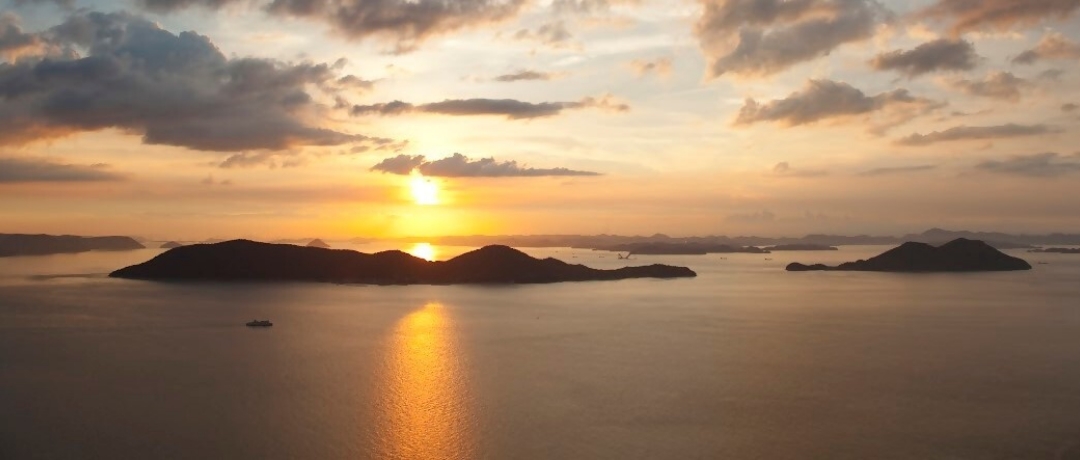
Seto Inland Sea
The Seto Inland Sea lies between three of the four main islands of Japan (Honshu, Shikoku and Kyushu), extending roughly 450 km east to west and anywhere from 15 km to 55 km south to north. This region, which is often referred to as Setouchi in Japanese, is noted for its scenic beauty. Islands lie scattered across the sea’s tranquil waters, white sandy beaches rim its shores, pine groves provide welcome shade, and rice paddies terrace the hillsides. The first Westerners to gaze upon the area after it was opened in the mid-nineteenth century, including Thomas Cook and Philipp Franz von Siebold, praised its charms in their travelogues. In 1934, the section of the Inland Sea bordered by Kagawa, Okayama and Hiroshima prefectures became Japan’s first national park.
Since ancient times, the Seto Inland Sea has served as a strategic shipping route, carrying not only goods but also peoples and cultures to and from the Kansai area. The islands and coastal regions welcomed this influx of knowledge while, at the same time, developing their own unique culture and traditions. The fact that the region was formed through the workings of both man and nature is one of its many charms.
During the 1960s, Japan underwent rapid economic growth, but the development of large scale industries in the Setouchi region exacted a heavy toll in the form of environmental pollution. The rich historical and cultural legacy of the Seto Inland Sea thus reflects both the positive and negative aspects of humankind’s interaction with the natural environment.

Learn more about Triennale islands and areas.
-
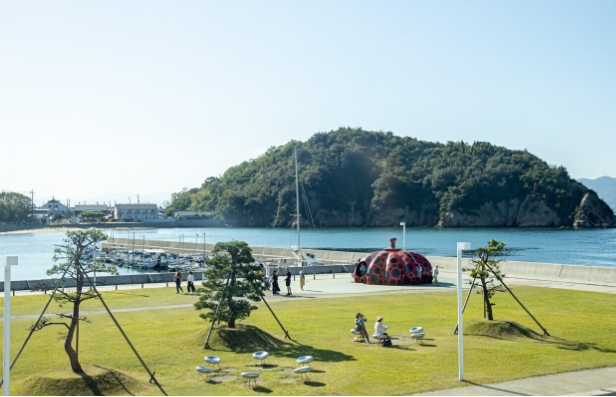
Naoshima
A Mecca for Contemporary Art Lovers Worldwide
-
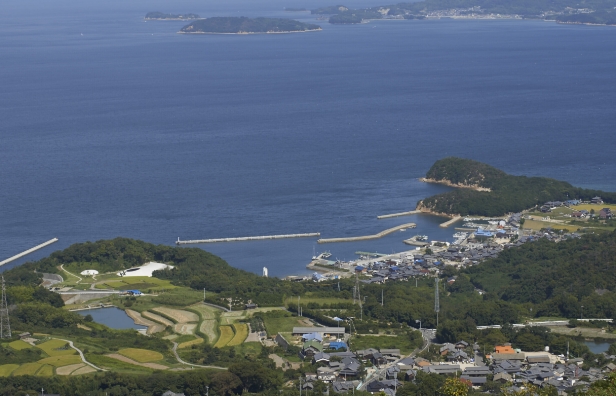
Teshima
Teshima, a peaceful island blessed with abundant spring water and fertile soil.
-
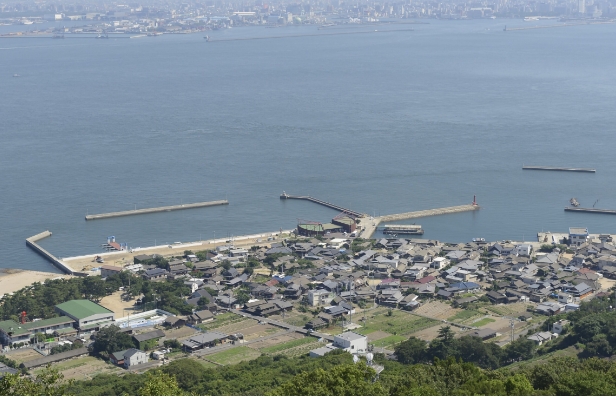
Megijima
Twenty minutes by boat from Takamatsu Port. An island of ogre legends and high stone walls.
-
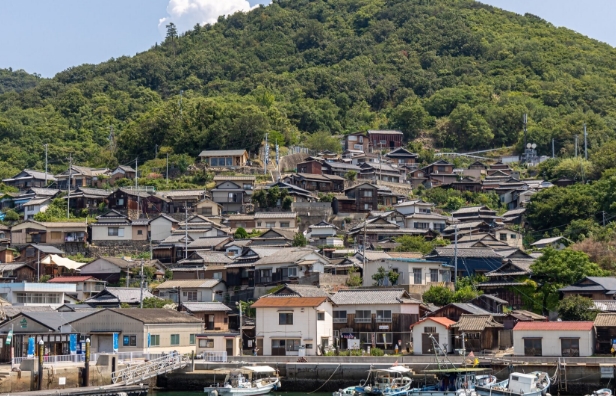
Ogijima
An island village perched on a steep slope connected by labyrinthine lanes.
-
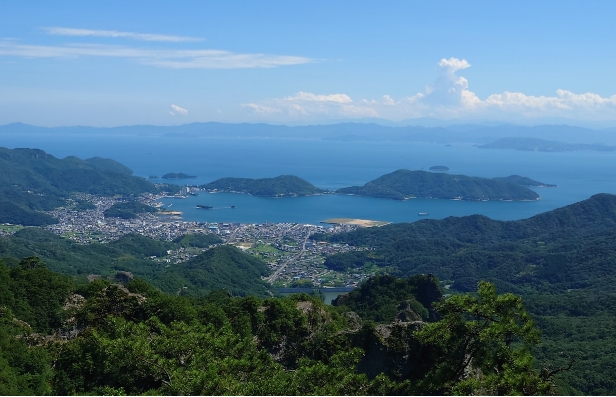
Shodoshima
One of the Setouchi region’s best-known tourist destinations and the largest island participating in the Triennale.
-
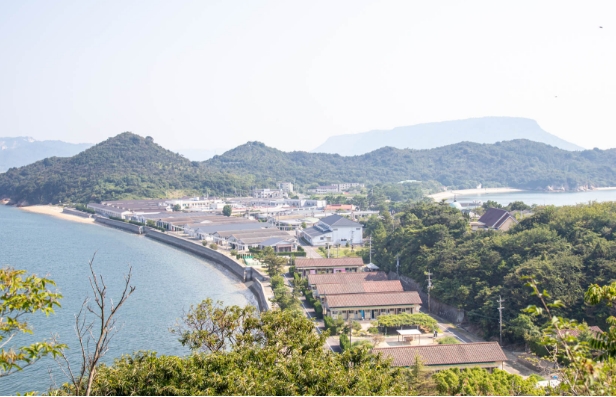
Oshima
A place to learn about the history of segregation and think about future.
-
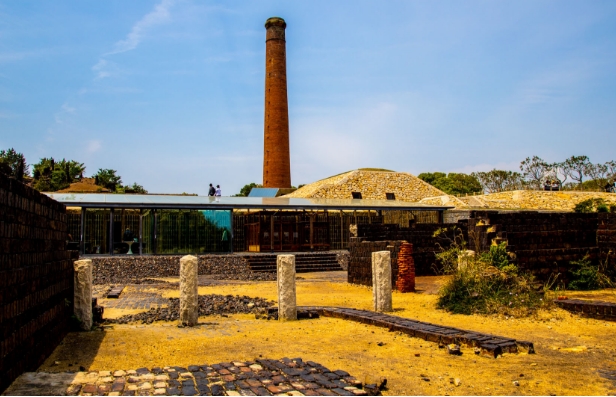
Inujima
Envisioning the future through the ruins of a refinery and the natural environment.
-
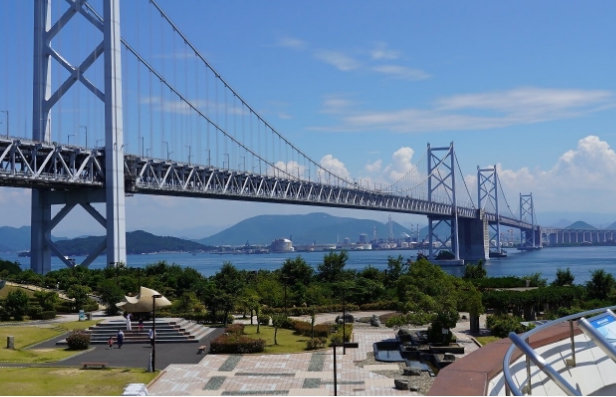
Seto Ohashi Bridge Area
Where multiple islands are connected to Shikoku by the Seto Ohashi Bridge and land bridges.
-
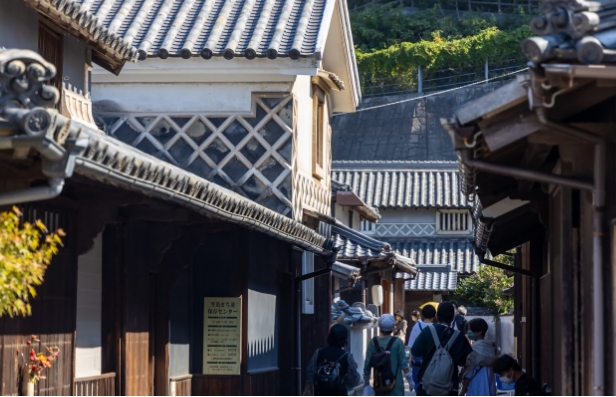
Honjima
A townscape that conveys the island's history as the headquarters of the Shiwaku seafaring clan and their skilled boat carpenters.
-
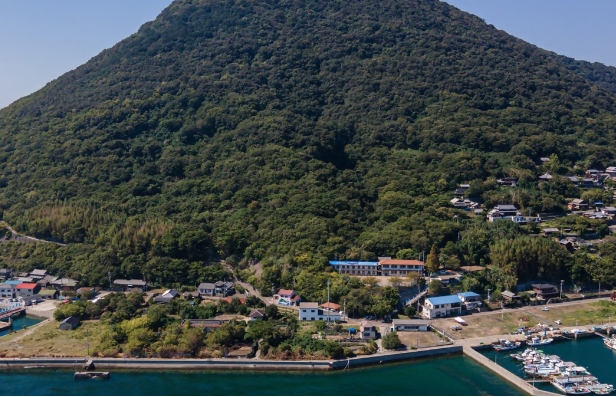
Takamishima
An island of steep slopes and stone walls that was once a thriving pyrethrum production area.
-
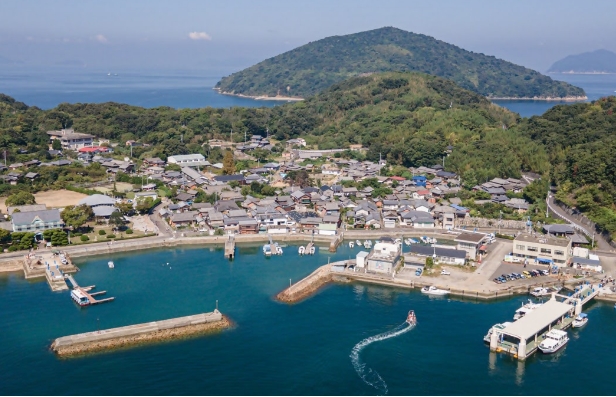
Awashima
A beautiful island shaped like a ship's propellor. Site of Japan’s first seamen’s training school.
-
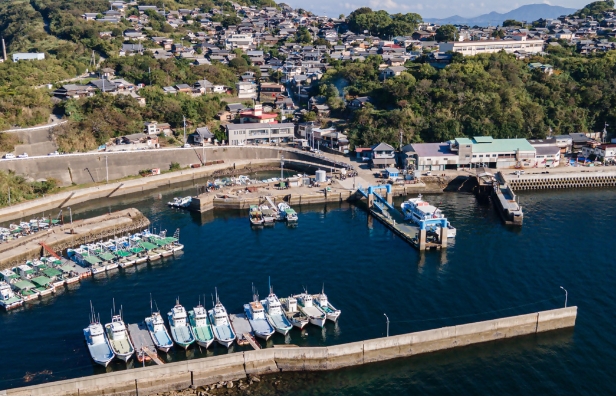
Ibukijima
The westernmost island in the Triennale. Famed for production of dried anchovy, an essential ingredient of Sanuki udon soup stock.
-
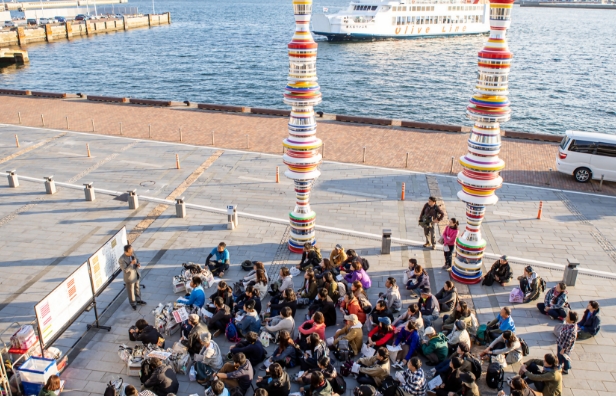
Takamatsu Port Area
The Triennale mother port where the world meets Setouchi and embarks on a journey to the art islands.
-
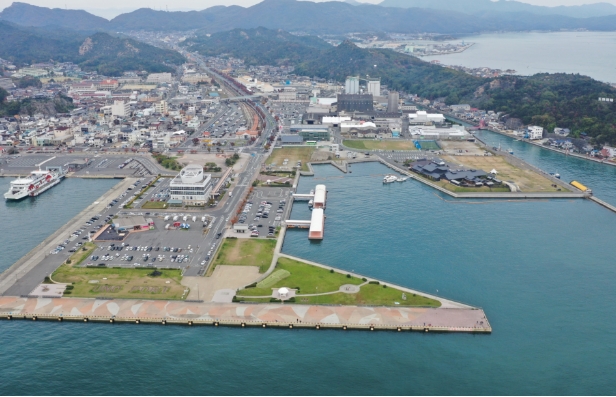
Uno Port Area
Base camp connecting Honshu to the Setouchi islands.
-

Shido・Tsuda Area
An area steeped in history and culture with Buddhist pilgrimage sites and a famous pine grove.
-
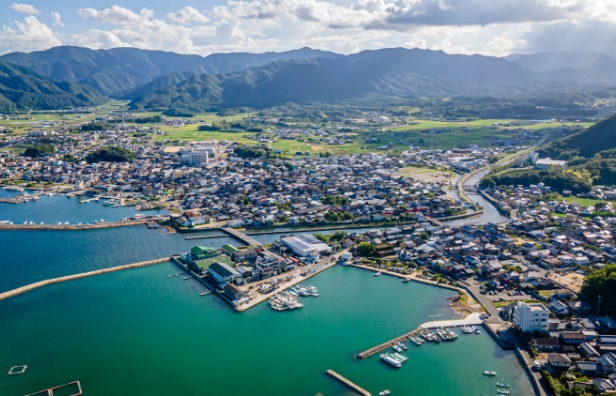
Hiketa Area
An old townscape from the port’s prosperous era and Japan’s top glove manufacturing area.
-
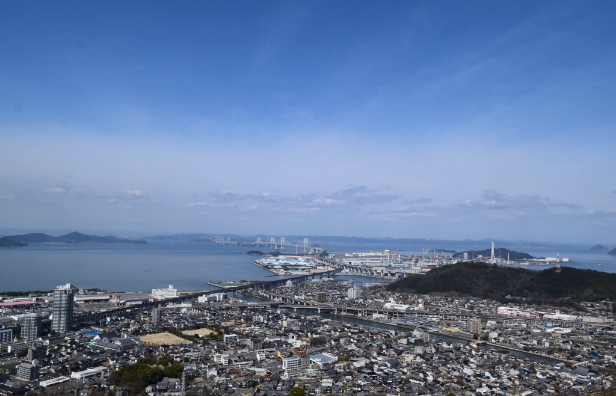
Utazu Area
The smallest town in the smallest prefecture, a tapestry of traditional and modern culture.
